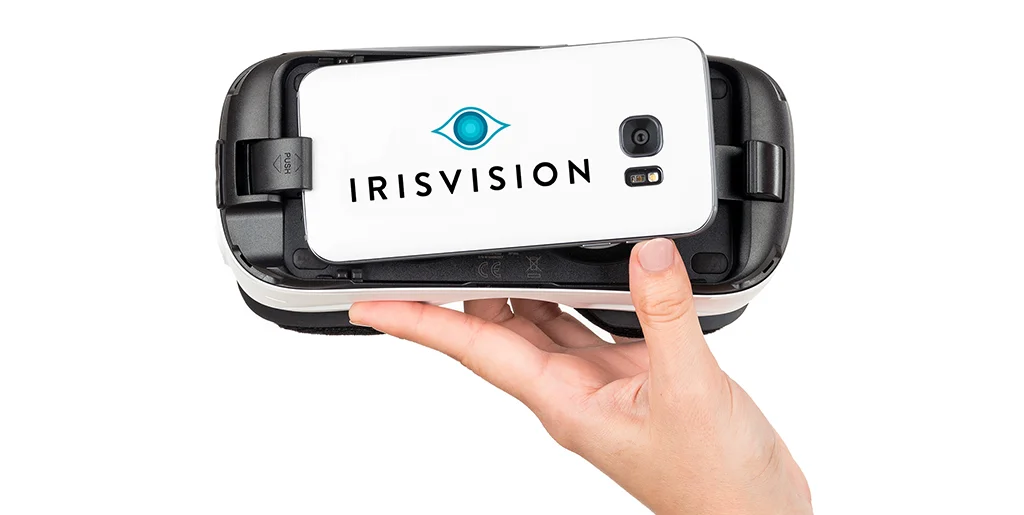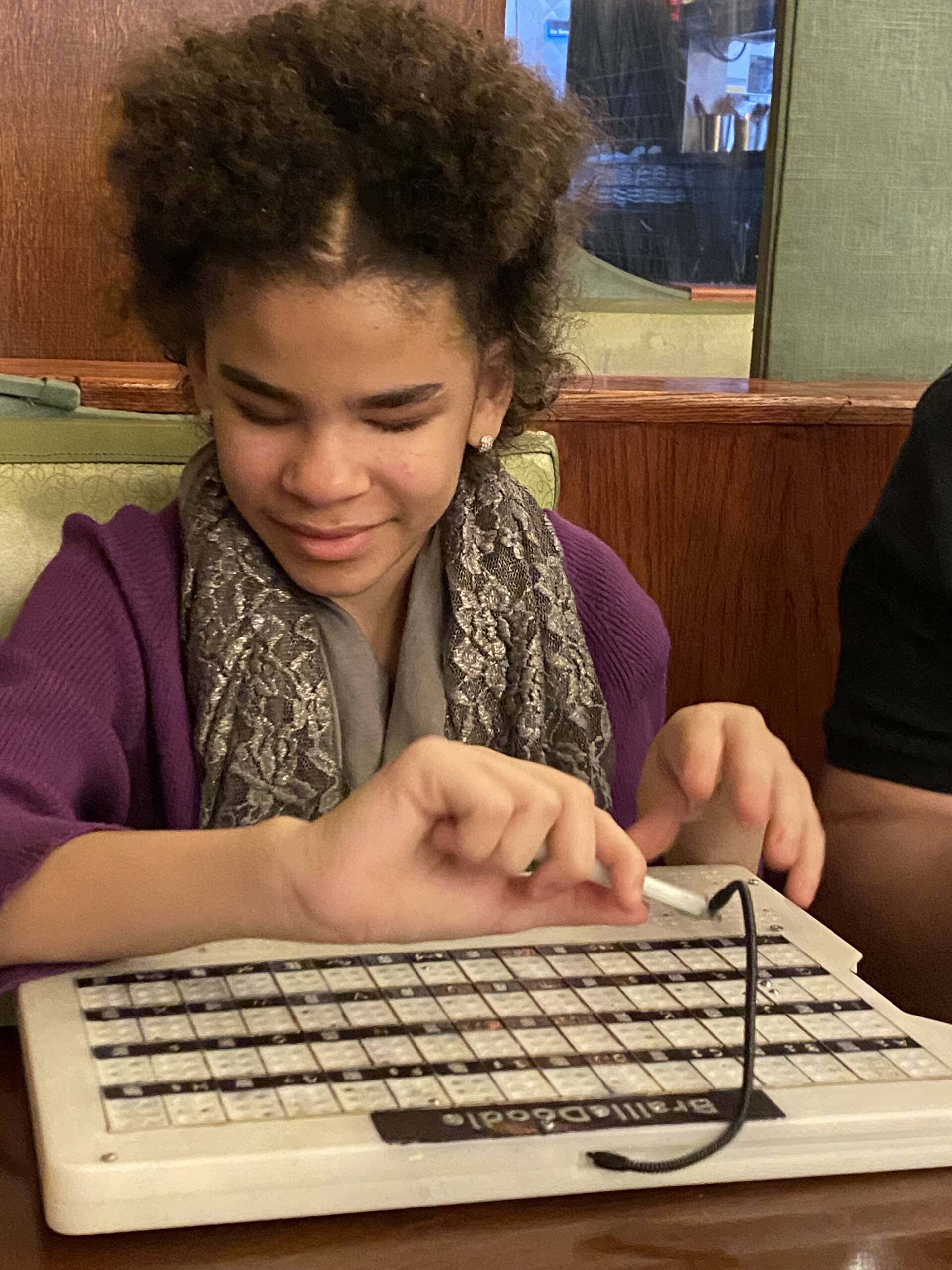Mobility Aids for Visually Impaired Users: Improving Independence
Mobility Aids for Visually Impaired Users: Improving Independence
Blog Article
Discover Ingenious Devices Designed for the Aesthetically Damaged
The growth of innovative tools for the visually damaged stands for a substantial advancement in access and independence. Technologies such as clever glasses with AI abilities and mobile applications designed to supply acoustic summaries are improving day-to-day experiences for individuals.
Smart Glasses for Navigation

Smart glasses designed for navigating are transforming the means aesthetically damaged individuals engage with their setting. These advanced devices use a combination of camera innovation, synthetic knowledge, and acoustic responses to provide real-time details regarding environments. By utilizing challenge detection systems, wise glasses can alert customers to possible dangers, allowing more secure flexibility in both unfamiliar and acquainted setups.
The integration of GPS innovation additionally improves navigating capacities, permitting users to obtain auditory directions as they move. This hands-free method not just cultivates self-reliance but also encourages aesthetically damaged individuals to navigate metropolitan landscapes with boosted self-confidence. Furthermore, many smart glasses are geared up with functions that determine spots and road indicators, providing contextual information that improves the customer experience.
Additionally, the advancement of these devices is consistently advancing, with companies functioning to enhance the accuracy of things recognition and broaden the variety of navigational attributes. As smart glasses come to be a lot more easily accessible and cost effective, they hold the prospective to significantly transform every day life for visually impaired individuals. Eventually, these innovative tools represent an important action towards inclusivity, offering enhanced flexibility and a better sense of autonomy for people navigating the world around them.

Mobile Apps for Daily Living
Just how can mobile applications improve the everyday lives of aesthetically damaged individuals? Mobile applications are changing the means visually damaged users browse their atmospheres, manage day-to-day jobs, and access info. These applications give essential support with different capabilities, promoting freedom and enhancing quality of life.
Several ingenious mobile applications are designed especially for daily living. Applications like Be My Eyes link visually damaged individuals with sighted volunteers using video clip telephone calls, permitting them to get real-time help with jobs such as reading labels or browsing strange spaces. Similarly, Seeing AI, developed by Microsoft, makes use of man-made knowledge to explain surroundings, read text, and recognize things, successfully transforming a smartphone into a powerful device for everyday help.
In addition, navigation applications tailored for the visually impaired, such as Aira and BlindSquare, supply audio-based instructions and environmental information, enabling individuals to traverse their environments securely and confidently. Beyond navigating and prompt support, mobile applications also support company and task administration, with features that aid customers establish tips, create order of business, and track visits. In summary, mobile applications function as important resources, encouraging visually damaged individuals to lead more independent and satisfying lives.
Wearable Technologies for Help
Empowerment via innovation is progressively apparent in the realm of wearable devices developed to assist visually damaged individuals. These cutting-edge tools incorporate effortlessly into life, boosting navigation and offering important responses to individuals. Smart glasses geared up with cameras can acknowledge faces and read text out loud, allowing individuals to interact more confidently in expert and social settings.
An additional significant development is the use of haptic comments systems in wearable tools. These systems use resonances or other tactile signals to communicate information regarding the customer's setting, such as barriers or modifications in terrain, boosting movement and safety and security. Wearable technologies additionally consist of wristbands that attach to smart devices, signaling customers to notices via refined resonances, therefore enhancing connection without dependence on aesthetic signs.
As these innovations remain to develop, they are not just enhancing self-reliance for visually impaired individuals but also fostering a better sense of incorporation in culture. By connecting the void in between obstacles encountered in day-to-day living and the capacity for freedom, wearable innovations serve my blog as crucial devices in the mission for equal rights and empowerment for those with visual disabilities.
Sound Description Tools
Audio description tools play an important function in improving ease of access for aesthetically damaged people, giving them with the ability to involve with aesthetic media. AI-powered visual aids. These devices supply narrated descriptions of key aesthetic elements in films, tv programs, and live efficiencies, ensuring that customers can totally comprehend the context and feelings shared with visuals
Sound summary can be incorporated right into numerous systems, including streaming solutions, movie theater testings, and live movie theater. Many preferred streaming services currently include audio summary as an access function, enabling audiences to pick it quickly. In enhancement to traditional media, specialized apps also exist, offering audio descriptions for art exhibitions, museums, and other social occasions.
The performance of audio summary rests on the ability of the narrators, who should convey visual details succinctly without interfering with the original audio. Advancements in this area are likewise leading the method for even more tailored experiences, where customers can change the level of information and pacing according to their choices.
Braille Innovations and Instruments
Braille gadgets and advancements have actually dramatically transformed the way visually impaired people communicate with text and info. Modern advancements have led to the development of versatile devices that enhance literacy and freedom among users. Notably, Braille show innovations have developed, permitting vibrant reading experiences. These tools transform digital text right into Braille, allowing users to access a huge variety of information on tablet computers, computer systems, and smartphones.
Furthermore, portable Braille notetakers combine traditional Braille input with contemporary performances, assisting in note-taking, organizing, site here and record editing and enhancing on the go. Braille displays and notetakers. These compact tools often feature text-to-speech abilities, linking the gap in between Braille and auditory info
In addition, ingenious Braille printers have actually arised, enabling customers to produce Braille labels, files, and educational materials efficiently. This ease of access promotes better engagement in professional and educational settings, eventually promoting inclusivity.
Additionally, study right into clever Braille technologies continues to broaden. Instruments that include man-made knowledge are being explored to offer real-time navigation support and contextual info, enhancing the individual experience in diverse settings. Overall, these technologies mirror a dedication to equipping aesthetically impaired individuals via innovation, ensuring they can quickly gain access to and engage with the globe around them.

Final Thought
The improvement of innovative tools for the visually impaired dramatically boosts independence and lifestyle. Smart glasses, mobile applications, wearable innovations, audio description devices, and Braille technologies collectively empower people by providing essential navigating aid, ecological awareness, and improved analysis experiences. These modern technologies not just foster higher addition yet additionally advertise autonomy in day-to-day activities, inevitably adding to a more obtainable and equitable culture for visually damaged people. Continued advancement in this area holds pledge for additional enhancements.
As clever glasses come to be a lot more budget friendly and obtainable, they hold the potential to considerably transform daily life for visually damaged users. Mobile applications are transforming the way visually damaged individuals browse their settings, take care of day-to-day tasks, and gain access to information. Applications like Be My Eyes attach aesthetically impaired individuals with sighted volunteers via video telephone look at this site calls, enabling them to get real-time aid with jobs such as reviewing tags or browsing unknown spaces.Furthermore, navigating apps customized for the aesthetically impaired, such as Aira and BlindSquare, provide audio-based instructions and ecological information, allowing users to traverse their surroundings securely and confidently.The advancement of ingenious devices for the visually impaired significantly enhances freedom and quality of life.
Report this page